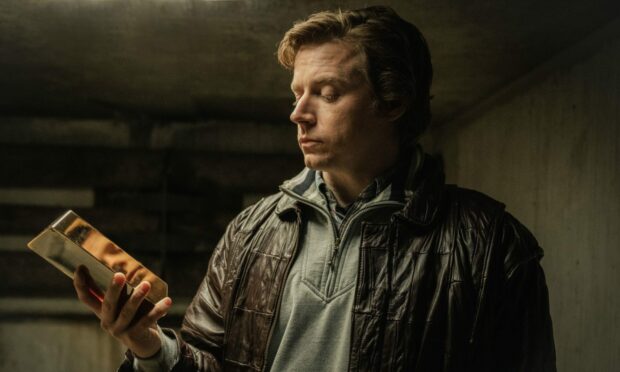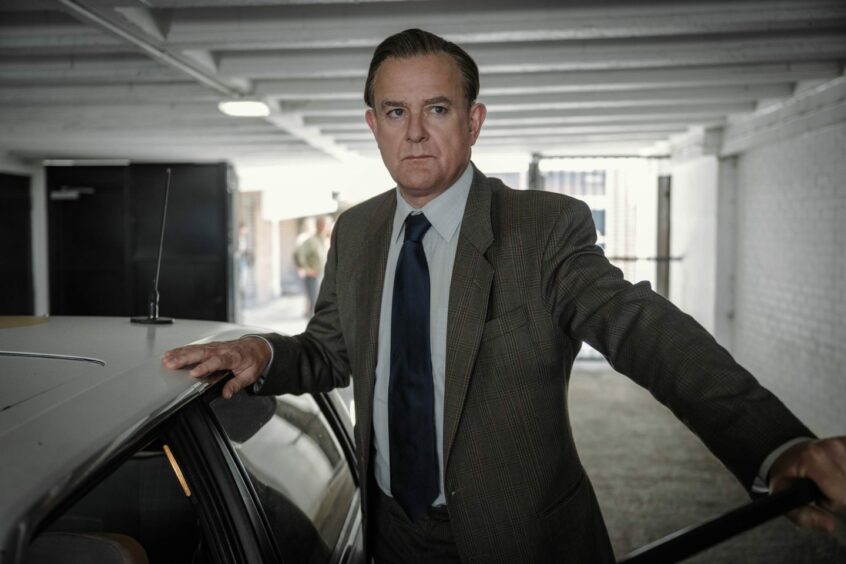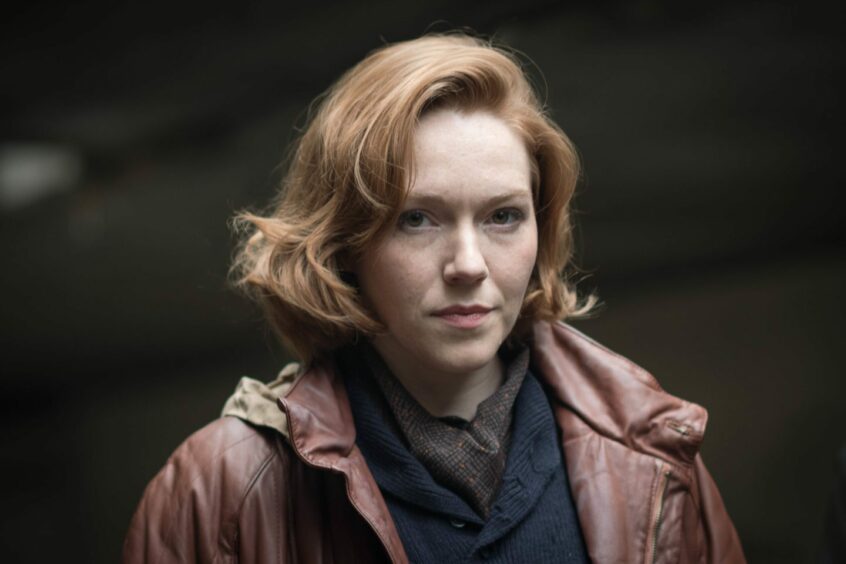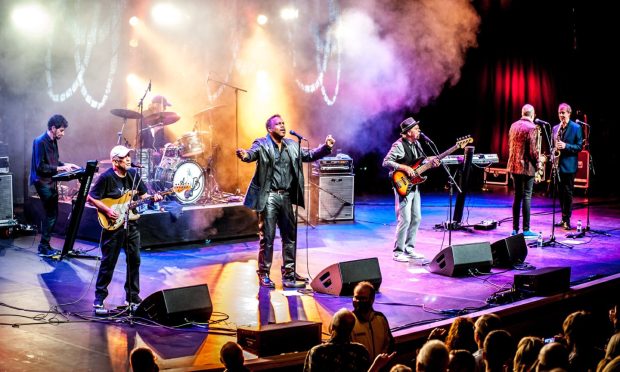With the first venture from his new production company Tannadice Pictures (we can hazard a guess at which football team he might support), Dundee’s own Neil Forsyth takes a career which has been both prolific and promising to the next level.
As the creator of wayward and eccentric Dundee pensioner Bob Servant in book form, Forsyth first oversaw the character’s transition to BBC Four comedy with Brian Cox in the title role in 2013.
Then he expanded his own screen repertoire as the creator of both the Morecambe and Wise telly biopic Eric, Ernie and Me and the hit BBC Scotland drama Guilt.
Based on a true story
Now he’s made it to prime time BBC One on a Sunday night, replacing the extremely popular Happy Valley no less, with The Gold (BBC One).
This is a new six-part drama based on the real life story of the 1983 Brinks-Mat bullion robbery at Heathrow Airport.
Brinks-Mat was big news at the time, when a gang of six armed men – who, it turns out, were only there for the ‘small’ amount of one million pounds in foreign currency – ended up stumbling upon and nicking 26 million pounds worth of gold bullion.
At the time it was the largest heist ever.
The basis for The Gold is the true-life book of the same name written by the multi-talented Forsyth, alongside co-author Thomas Turner, which spoke to many of those involved in the robbery and its investigation.
The story of the crime
Published to coincide with the series, it promises to shed a light on not just the crime, but the decades-long repercussions of it, including its impact on policing, British money laundering and the London Docklands property boom.
Whether that mouth-wateringly broad scope is recreated in this six-part series will be revealed over the coming weeks (or in the next few hours, if you have time for an iPlayer binge right now).
But what the first episode showed us were the beginnings of a first-class period crime drama tale, told with intelligence, gripping pace and no little wit.
Emun Elliott and Charlotte Spencer are Tony Brightwell and Nicki Jennings, the regular Flying Squad coppers who take the case. They find themselves seconded to a new department when it becomes how serious the theft is.
Both are reassuringly brusque and Sweeney-like in their captivating delivery, although Spencer’s wardrobe is also an excellent case study in turning drab ‘80s rainwear into understated contemporary fashion statement.
Their boss is DCI Brian Boyce, who knows all the local villains and is played by an unrecognisably straight-faced Hugh Bonneville.
Perfectly crafted
Dashing wideboy Micky McAvoy (Adam Nagaitis, a ringer for the Arctic Monkeys’ Alex Turner) planned the job. But he’s small fry next to Jack Lowden’s fixer Kenny Noye, and Dominic Cooper’s upper-crust crook Edwyn Cooper.
All of these perfectly-crafted pieces are set up like dominoes in the first episode, whose overriding questions are, what do you do with a pallet of gold once you’ve stolen it.
And how do you go about getting it back if you’re the police?
It’s a first-rate piece of work so far, and I can’t wait to find out.












